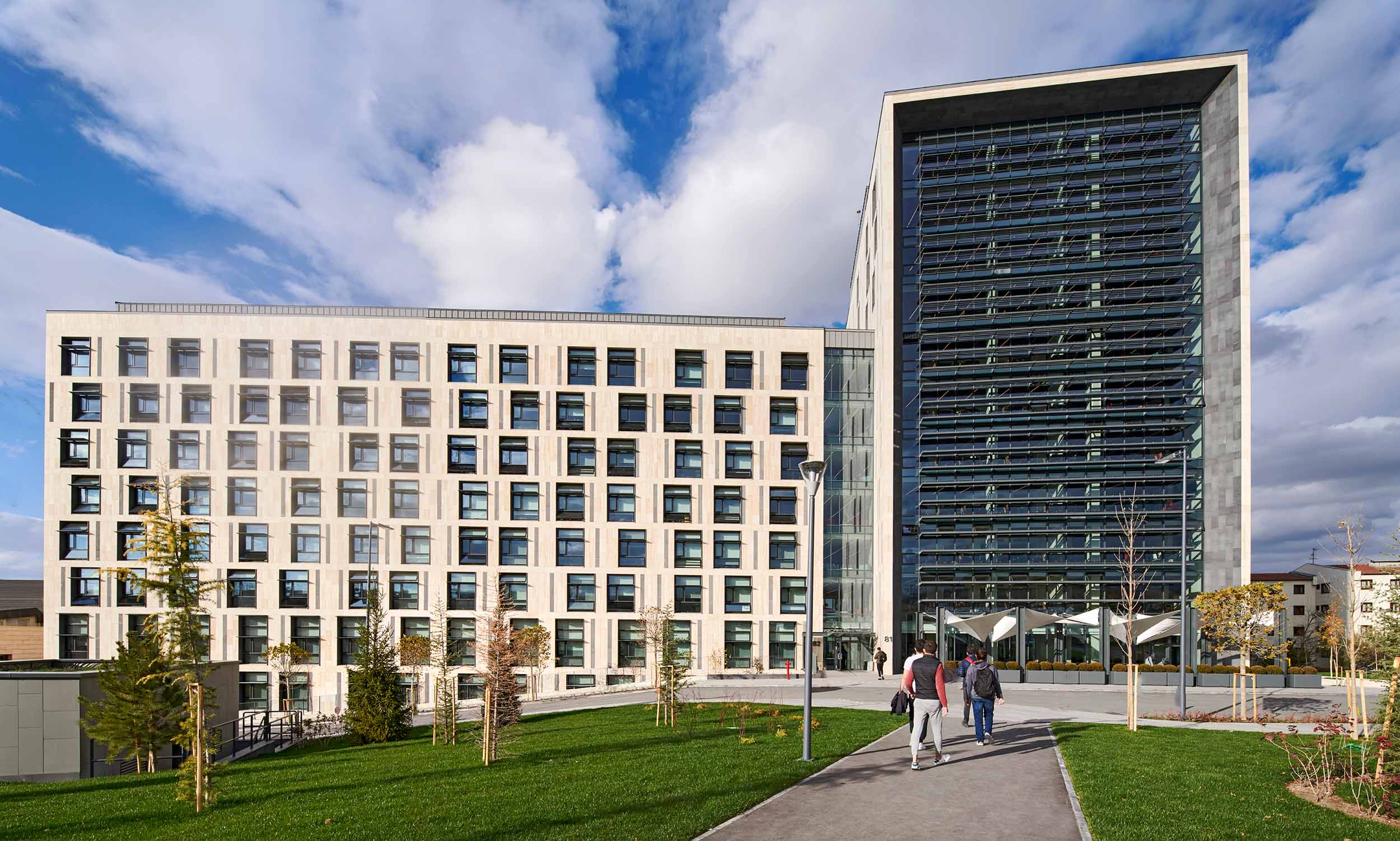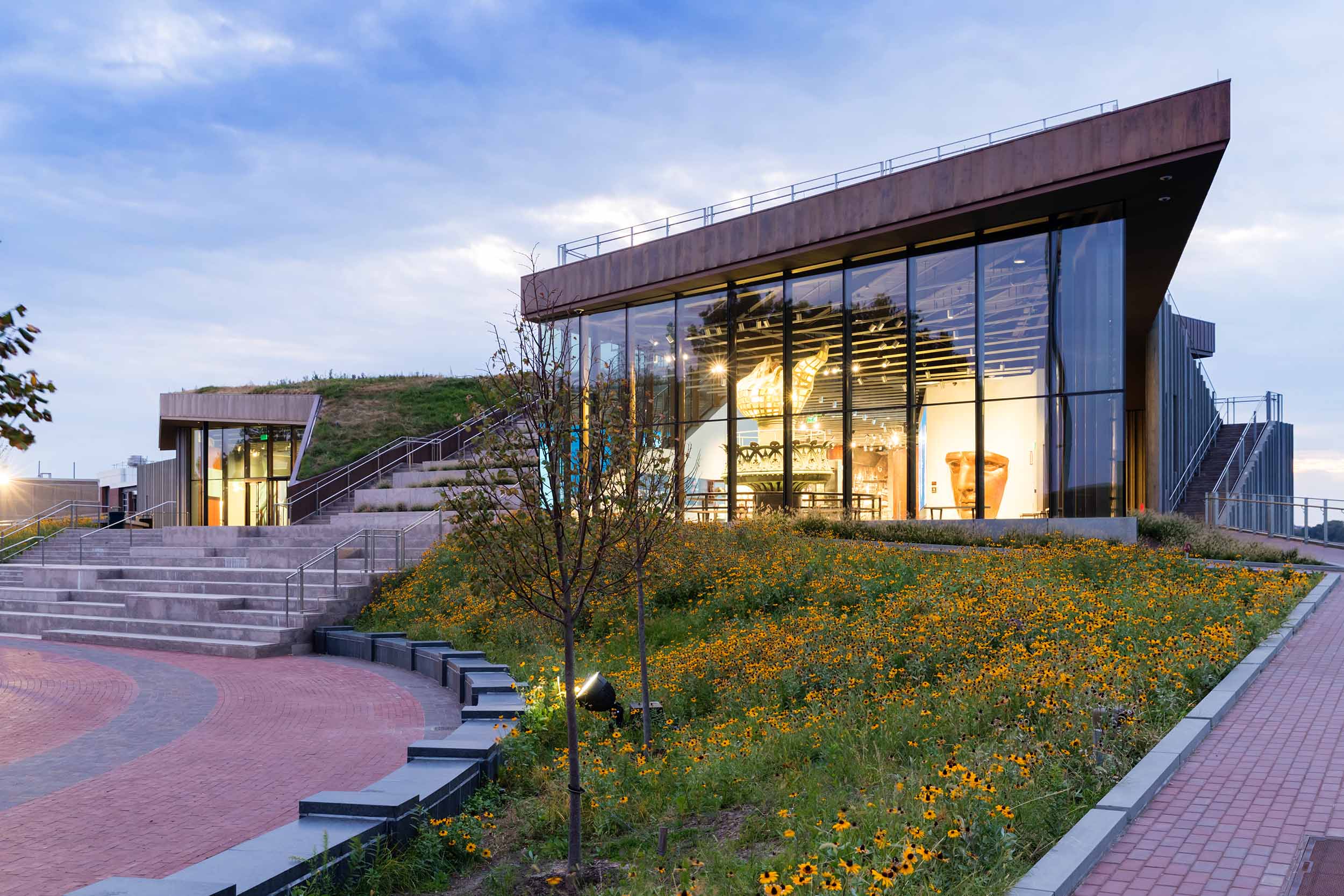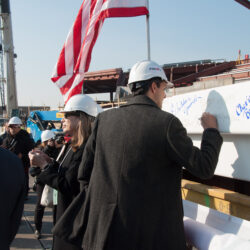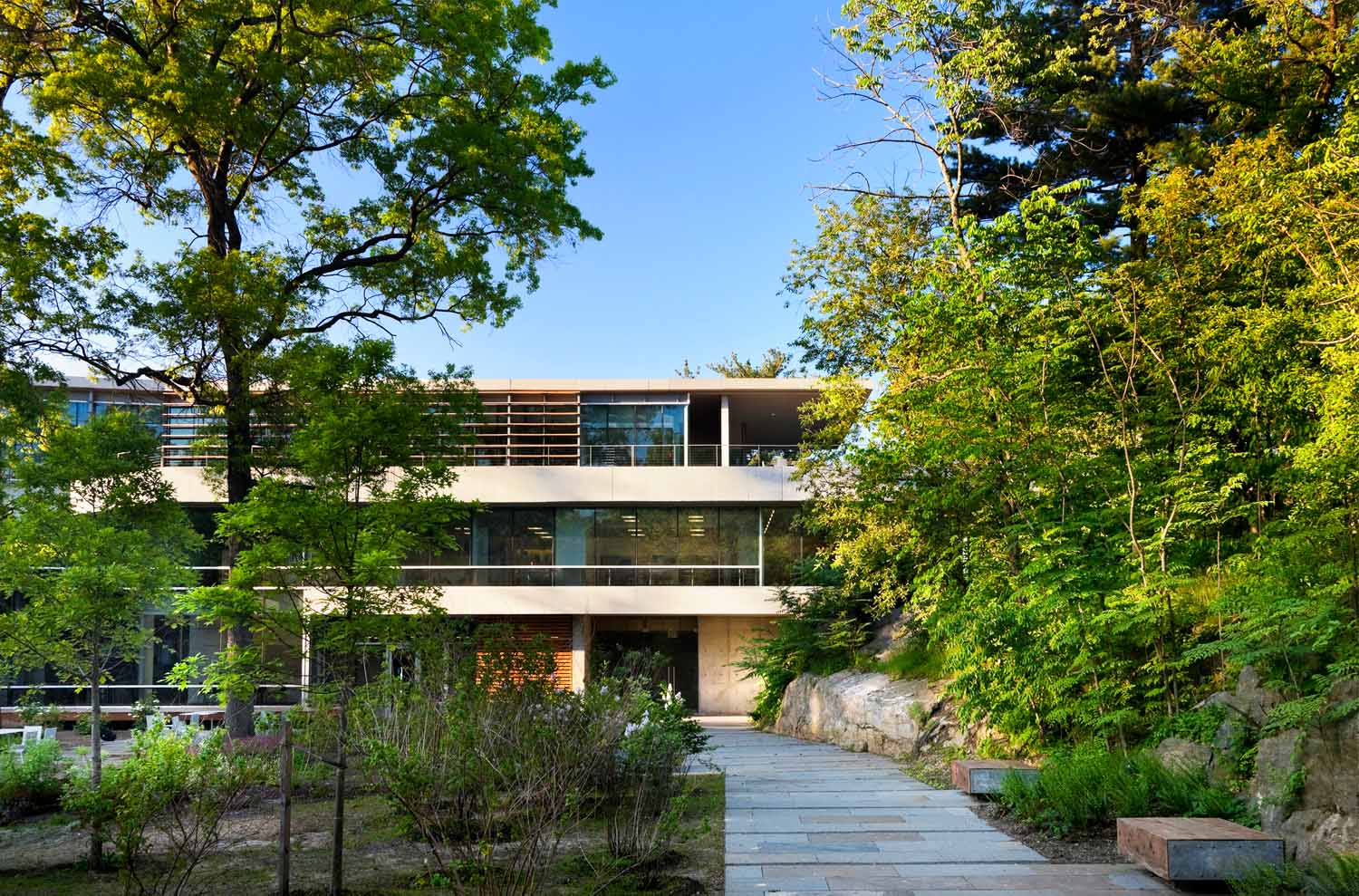 Project: Bilkent University Student Residence, Photo Copyright: Thomas Mayer
Project: Bilkent University Student Residence, Photo Copyright: Thomas Mayer
In the 21st century, construction has come to an inflection point. Sustainable development is no longer just a nice building feature but a requirement. Dan Piselli — the director of sustainability and principal at FXCollaborative — spends his time advancing energy efficiency and helping others achieve their sustainability goals.
Here’s how Piselli entered the architecture field and views the passive house movement growing in the coming years. More cities and towns are enacting tight requirements on energy regulation, thanks to the incredible work of professionals like Piselli.
Inspiration at a Young Age
Some kids know what their destiny holds at a young age. They may throw a baseball for the first time or successfully write a short story in English class. Piselli envisioned his career as a first grader.
In elementary school, Piselli visited Ingalls Rink — home of the Yale University hockey team in New Haven, Connecticut. The arena reminded Piselli of an upside-down boat and gave him an emotional experience.
“There’s a drama about the building I was scared of,” Piselli says. “I was fascinated by how architecture can stir emotion. I was ashamed of that early on. Then I eventually figured out that was the point.
Architecture has been an integral part of Piselli’s life, just like the great outdoors. Combining the two has led Piselli to discover his passion for sustainable design.
“I love the woods and environmentalism,” Piselli says. “I always thought architecture was awesome because you could do both of those things.”
Finding Sustainability Before the Trends
Eco-friendliness is a significant talking point in construction and everyday life. A 2022 survey reveals 78% of consumers say a sustainable lifestyle is essential. However, Piselli says the ‘90s were a different time — only a tiny proportion of the sector focused on going green.
“I went to college in the ‘90s and there wasn’t a focus on sustainable design,” Piselli says. “In college, I attached myself to a professor who had done some passive solar work in the ‘70s, but it wasn’t widely integrated with the pedagogue.”
Applying for grad schools didn’t produce better results, so Piselli entered the workforce. He wanted to work for an architectural firm where he could learn on the job. This desire led him to FXCollaborative.
Piselli’s attraction to FXCollaborative derives from 4 Times Square in Midtown Manhattan — formerly the Condé Nast Building. The structure is the first sustainable skyscraper in the United States and is renowned for its sustainability. For example, the upper stories of the building have reflective glass to deflect heat, thus saving energy in the summer by reducing HVAC use.

Project: Statue of Liberty Museum, Photo Copyright: Iwan Baan
Discovering Passive Houses
Once he found his footing, Piselli started seeing the benefits of passive housing. He discovered his passion in an unlikely place over 6,000 miles away from New York City.
“Eventually, I got into passive house because we were doing LEED projects in Saudi Arabia,” Piselli says. “They were barely LEED certified and I just got fed up with that.
“That’s when I found passive house, in the desert!”
A couple of decades have passed and Piselli is still at FXCollaborative, serving as the director of sustainability since August 2018 and principal since November 2022. The company is involved with offices, residential buildings, schools, museums and more. Piselli’s goal with each project is to work with the client toward their sustainability goals.
“I always try to approach it with getting to know the client and understand what they care about,” Piselli says. “Did the client have some sort of ESG goal? If it’s a town or city, have they put out commitments?”
Modern clients have adjusted their priorities since the pandemic. Piselli says there’s been a greater focus on indoor health because of COVID-19. Then, wildfires made New York’s air quality index 342 — the worst mark in the world.
These incidents and the climate crisis have motivated Piselli to push sustainable design forward. He sees it as an urgent issue, not something the industry can take its time on.
“I see a lot of articles saying we shouldn’t have tunnel vision on energy,” Piselli says. “On the other hand, we need tunnel vision because that’s what’s going to combat the climate crisis. Balancing that is sometimes a challenge.”
Moving Forward in Sustainable Design
 One way Piselli wants to move the industry forward is through passive design. FXCollaborative doesn’t have completed structures yet, but there are projects underway. Piselli’s passion for sustainable design shows through caring for his client’s well-being.
One way Piselli wants to move the industry forward is through passive design. FXCollaborative doesn’t have completed structures yet, but there are projects underway. Piselli’s passion for sustainable design shows through caring for his client’s well-being.
“The thing I love about passive houses is it’s the best you can do in energy and has some knock-on effects with comfort and health.”
Passive design makes houses more comfortable and improves air quality. You can also use the approach to retrofit old homes to current standards. Retrofitting with passive principles increases energy efficiency and reduces carbon emissions.
Part of Piselli’s role is helping companies identify and implement sustainable design strategies. Some significant projects he’s worked on include the Statue of Liberty Museum and the Bronx Zoo’s Center for Global Conservation.
Pushing Passive Design Nationwide
The future is bright for Piselli as he and FXCollaborative plan a multifamily residential building in Cambridge, Massachusetts — the home of Harvard University and the Massachusetts Institute of Technology. The town has demonstrated what Piselli and his colleagues hope is the future of construction in many other cities.
“Cambridge recently passed what I consider to be the strictest energy code in the country, which essentially requires passive house or equivalent optional pathways,” Piselli says. “That’s amazing because that’s what New York Passive House and everybody associated with the movement had in mind in the first place.
“We all figured out we can design these buildings, so why doesn’t everyone design this way? Now it’s being legislated that they have to.”
Starting July 1, 2023, construction in Cambridge must follow a specialized code involving high-performance standards, electric vehicle chargers, all-electric heating and cooling, and more. The city has goals for net-zero carbon emissions by 2050, so this legislation is a significant step toward the goal.
Piselli expects the popularity of passive house design to increase this decade — especially in New York City. Building codes have become stricter with conservation requirements, so Piselli hopes the new energy code in 2025 will reflect similar regulations in places like Cambridge.
Building a Brighter Future in Construction
Energy demand only grows with the population, so ensuring buildings run efficiently is critical. Future construction and renovations should account for passive design for its environmental and health benefits. Professionals like Dan Piselli have dedicated their careers to making the planet a better place. For him, it all started with a trip to a hockey rink.

Project: Center for Global Conservation, Photo Copyright: David Sundberg/Esto

























